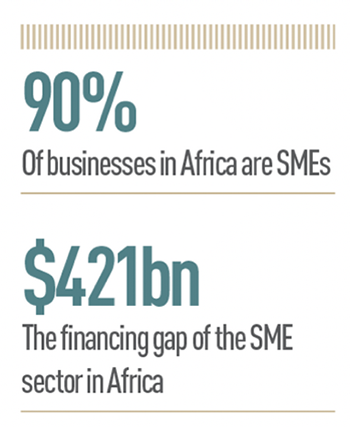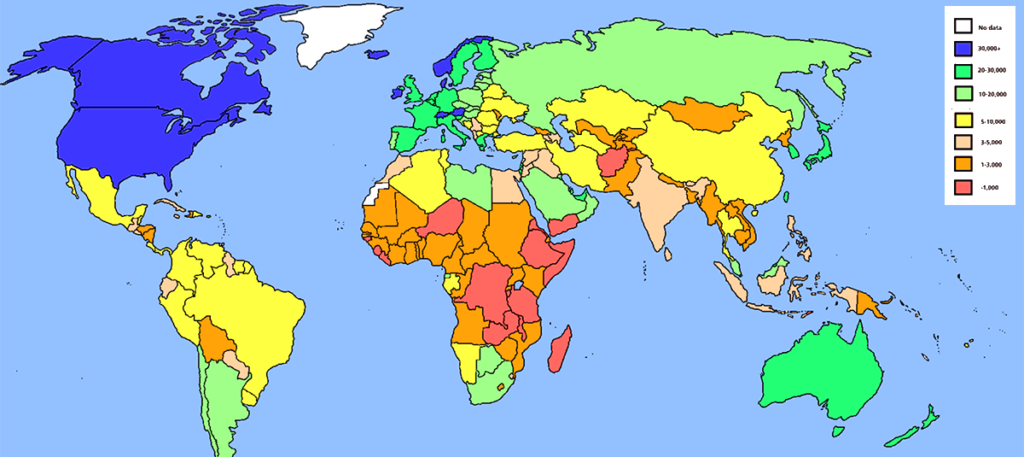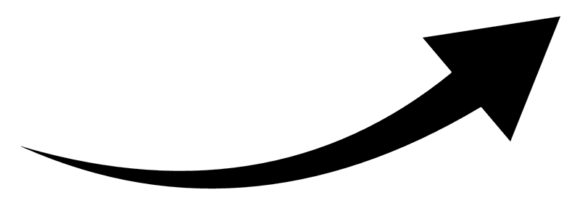Africa Eats funds and supports for-profit solutions to hunger and poverty. We are capitalists, not philanthropists. But unlike most capitalists, we don’t hide from risk, seeking the safest returns, but instead follow the opportunities where few others are investing, seeking the biggest opportunities for growth and thus the biggest opportunities for returns.
That is why we focus on food. Over 1.1 billion Africans eat every day.
That is why we focus on agriculture, as there are more Africans farming on their own farms than there are people living in North America or people in Europe. Including the children of all those farmers and there are more people living on farms in Africa than live in the Global North.
Agriculture is, by far, the largest industry in Africa both in terms of workers and consumers. And yet nearly every country in Africa imports food from abroad, as post-harvest losses and other inefficiencies waste over a third of the food that is grown.
The companies at Africa Eats are cutting back that waste while also increasing yields. That is the opportunity, and it doesn’t require any scientific advances or technological breakthroughs. 99% of the effort in seizing this opportunity involves copying business models that were built in North America and Europe over the last 150 years, but more efficiently as nearly every farmer has a mobile phone and many have mobile money too.

How big is this opportunity? Unimaginably massive. Hundreds of billions of dollars, as it extends not just to the farmers, but to the whole supply chain serving those farmers, aggregating their outputs, transporting all that food to retailers, processing and logistics, all the way to the supermarkets, restaurants, and refrigerators, all of which need electricity to power the cold chain.
Another way to think about this is to simply follow the poverty. These massive opportunities exist where the business infrastructure is lacking, where the incomes are lowest. Pull up a global map of per-capita GPP, and the locations of these opportunities light up in orange and red.

Skip the countries that are still working on stable governing, and that still leaves most of Sub-Saharan Africa, nearly 1 billion people, and a gap of hundreds of billions of dollars to fill.



